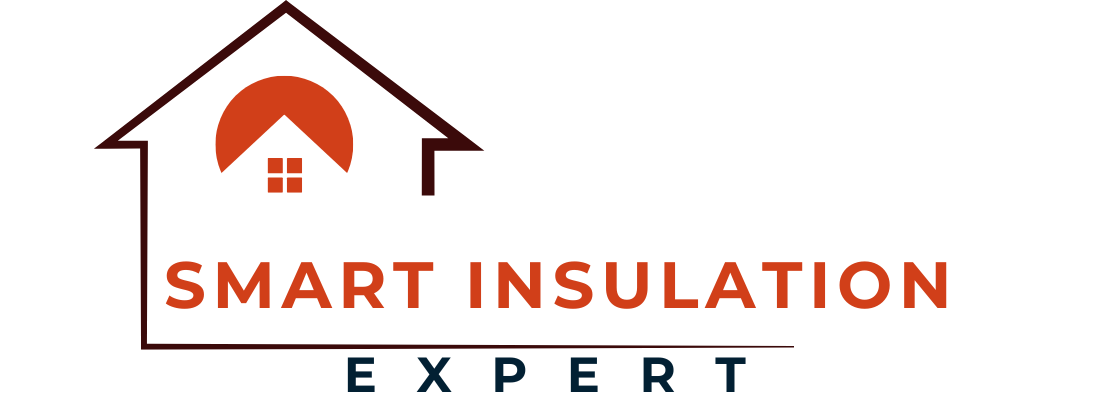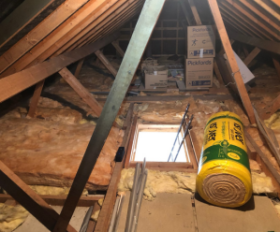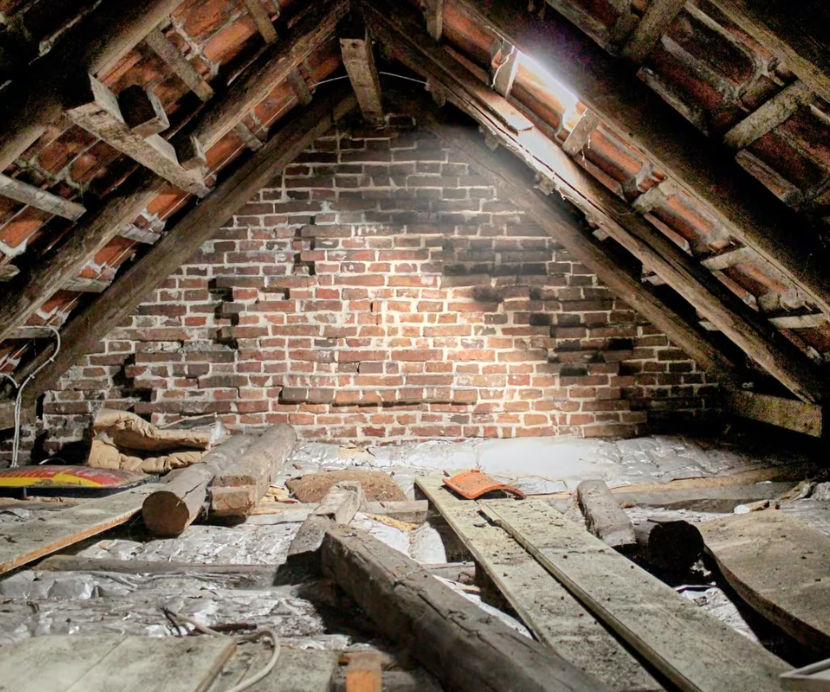
Room in roof insulation is a highly effective solution for homes with loft conversions or unused attic spaces. It not only enhances your property’s energy efficiency but also transforms an underutilised area into a warm and comfortable living space. Whether you use the room as a bedroom, office, or recreational area, proper insulation ensures year-round comfort while reducing your energy bills.
What is Room in Roof Insulation?
Room in roof insulation involves insulating the sloping walls, vertical walls (dwarf walls), and ceilings of a loft space that has been or will be converted into a usable room. By adding thermal protection to these areas, this type of insulation minimises heat loss and improves the overall energy efficiency of your home.
This solution is ideal for older properties with uninsulated loft conversions or for new loft conversions that need to comply with building regulations.
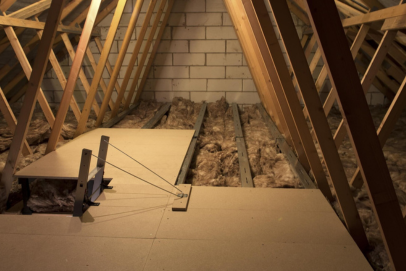
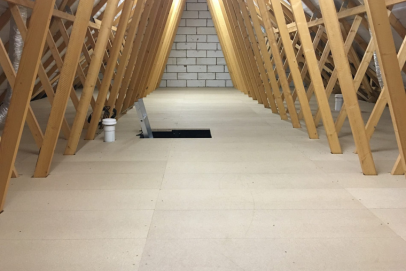
Main Services
Benefits of Room in Roof Insulation
Enhanced Energy Efficiency
Reduced Energy Bills
Improved Comfort
Noise Reduction
Increased Property Value
Environmental Benefits
The Installation Process
Assessment
Preparation
Installation
Finishing
Types of Insulation for Roof Rooms
Rigid Foam Boards
Lightweight and easy to install.
Ideal for sloping walls and ceilings.
Mineral Wool
Non-combustible and durable.
Commonly used for both walls and ceilings.
Spray Foam Insulation
Provides high thermal resistance.
Ideal for irregularly shaped spaces.
Multi-Layer Foil Insulation
Reflects heat back into the room.
Suitable for areas with space constraints.
FAQ
If your loft feels significantly colder or hotter than the rest of your home, or if your energy bills are unusually high, it’s likely that your loft requires insulation.
While some types of insulation can be DIY-installed, professional installation is recommended to ensure compliance with building regulations and optimal performance.
The process typically takes 3 to 5 days, depending on the size of the space and complexity of the work.
Yes, when installed correctly with a vapour barrier, it helps prevent condensation and associated issues like damp.
While it won’t make your loft completely soundproof, it will significantly reduce noise from outside and other parts of the house.

